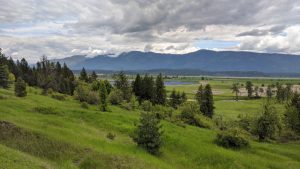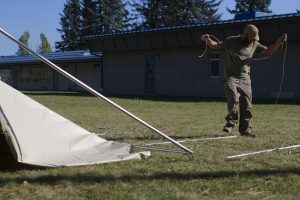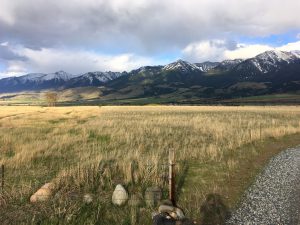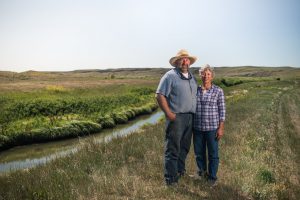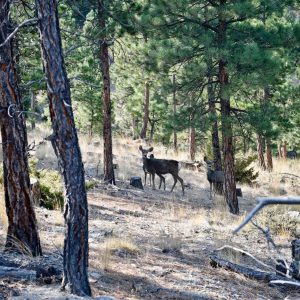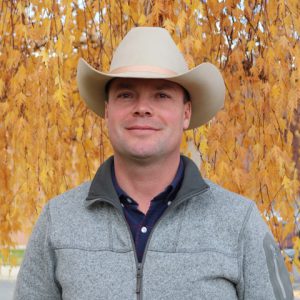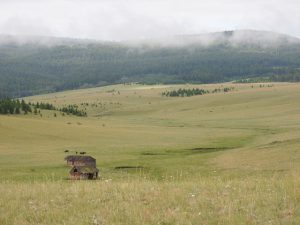The Vital Ground Foundation’s “One Landscape Initiative” highlights Vital Ground’s focus on cooperative work with landowners on key connectivity and wildlife corridors.
A five-minute video, directed by Eric Ian, showcases the partnerships, landowners, habitat and purpose of the One Landscape Initiative.
Based on insight from more than 60 federal, tribal and state wildlife experts, the One Landscape Initiative aims to protect 188,000 crucial acres on privately-owned lands that link the region’s wild cores. From central Montana’s Rocky Mountain Front Range to the Kootenai Valley of Idaho’s northern Panhandle, the new film highlights the partnerships that make the vision possible, profiling several landowners who have partnered with Vital Ground to voluntarily limit development and protect habitat on their properties through conservation agreements.
Vital Ground photo by Kali Becher
